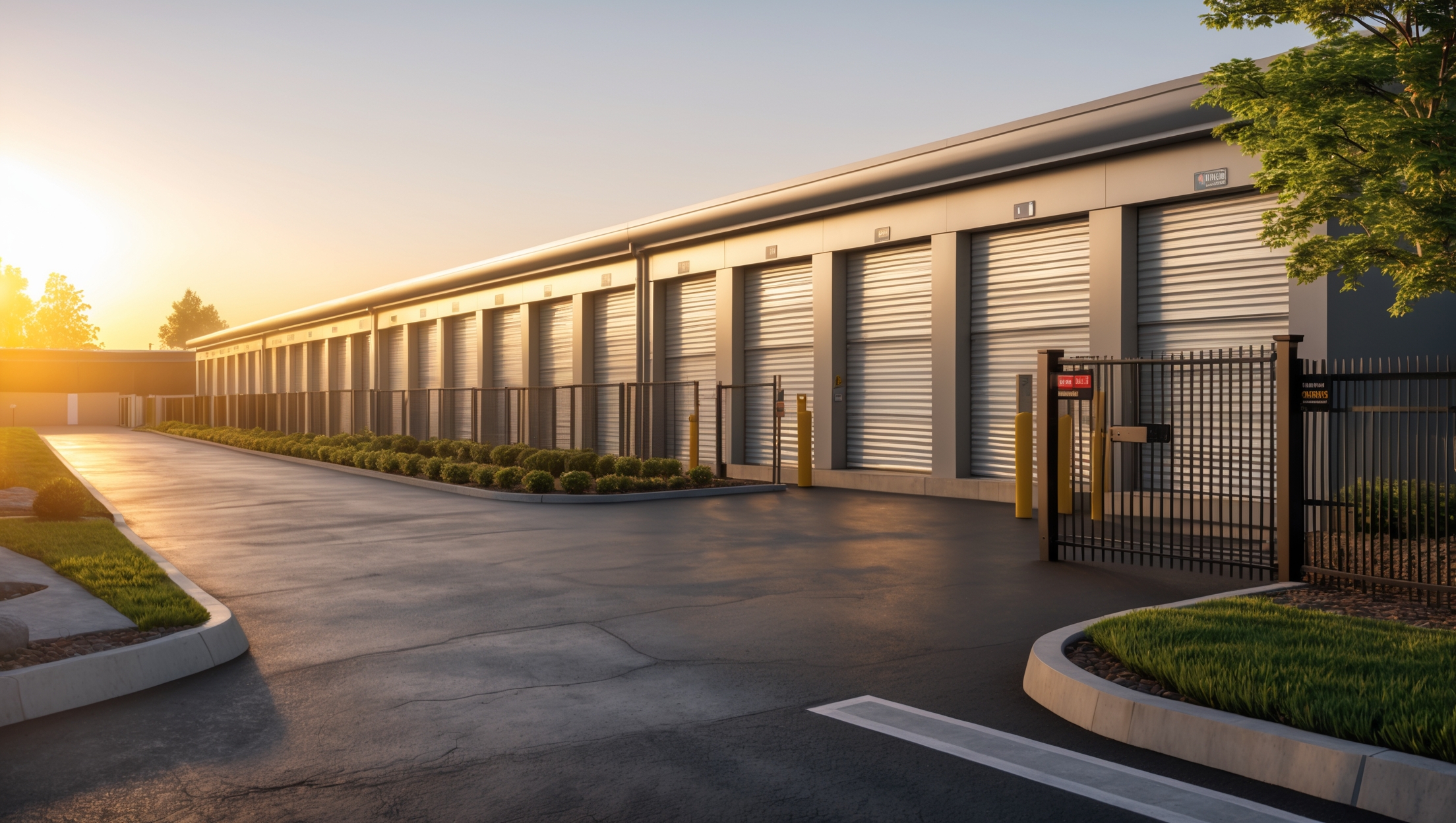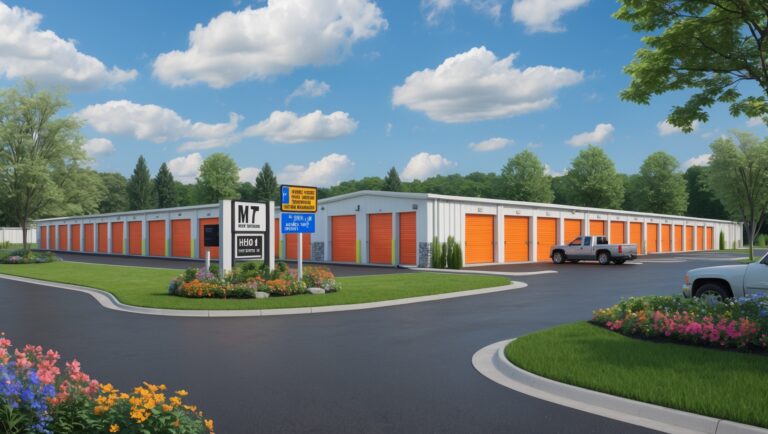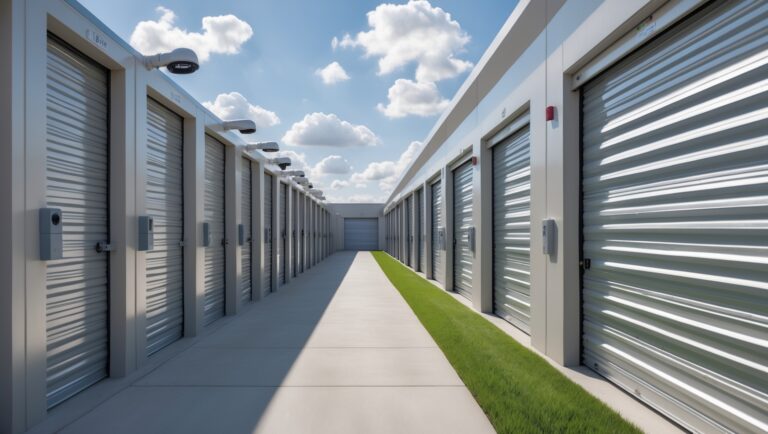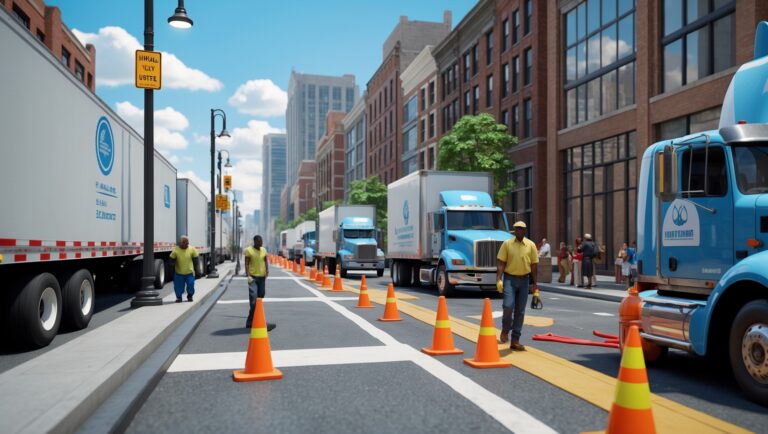Beginner Mistakes When Starting a Self-Storage Facility—and How to Avoid Them
Introduction: The Road to Self-Storage Success Starts with Avoiding Common Pitfalls
Opening a self-storage facility can be a lucrative business venture, but it’s also fraught with potential missteps that can hinder growth, eat into profits, or even threaten your investment entirely. Many first-time storage facility owners enter the industry with enthusiasm, only to discover that operational, legal, and financial oversights can have lasting consequences. Whether you’re converting an existing property or building from scratch, knowing what mistakes to avoid is as important as knowing what to do right.
This in-depth guide explores the most common beginner mistakes when launching a self-storage facility. We’ll provide practical insights on site selection, market research, compliance, budgeting, facility design, operational planning, technology choices, and more. By understanding what trips up new owners, you can save time, avoid costly errors, and lay the foundation for a thriving business.
1. Inadequate Market Research
Understanding Local Demand
One of the most critical errors new owners make is underestimating the importance of thorough market research. Self-storage is highly localized: what works in one city—or even one neighborhood—may not work in another. Overlooking local demand leads to overbuilding, underutilization, and poor returns.
- Tip: Analyze population growth, local demographics, and area income levels. Look for underserved areas or locations with new housing developments.
- Tip: Assess competition by visiting other facilities, noting occupancy rates, pricing, and amenities.
- Tip: Use third-party feasibility studies to validate your assumptions.
Ignoring Seasonal and Economic Trends
Failing to account for cyclical demand—such as college move-in/out seasons or economic downturns—can lead to unrealistic revenue projections and cash flow issues.
- Tip: Build conservative financial models that factor in seasonal occupancy fluctuations and broader economic trends.
2. Poor Site Selection
Visibility and Accessibility Issues
Choosing a site with poor visibility, limited access, or inconvenient traffic patterns can doom a facility before it opens. If potential customers can’t find or easily reach your storage units, you’ll struggle with occupancy.
- Tip: Select locations with high traffic counts and easy ingress/egress for cars and moving trucks.
- Tip: Prioritize proximity to residential and commercial zones.
Neglecting Zoning and Environmental Concerns
Overlooking zoning restrictions or environmental issues can halt your project. Many municipalities restrict storage facility locations, signage, and even building height. Failing to perform proper due diligence can result in expensive delays or forced redesigns.
- Tip: Consult with local zoning boards early; request written confirmation that your intended use is permitted.
- Tip: Conduct environmental assessments to identify any remediation needs.
3. Underestimating Start-Up and Operating Costs
Incomplete Budgeting
Many first-time owners focus on construction costs but overlook soft costs such as permits, professional fees, marketing, and working capital. This leads to cash shortages and compromises in quality or service.
- Tip: Develop a comprehensive budget that includes all hard and soft costs, plus a contingency fund of at least 10%.
- Tip: Account for initial marketing and lease-up expenses, which can be substantial in the first year.
Ignoring Ongoing Maintenance and Staffing
New owners sometimes underestimate ongoing expenses—landscaping, security systems, pest control, insurance, and staffing. Neglecting these can erode profits and damage your facility’s reputation.
- Tip: Project annual maintenance and staffing costs based on facility size and features.
- Tip: Budget for regular upgrades to security and technology.
4. Skimping on Facility Design and Amenities
Outdated or Inefficient Layouts
Trying to save money by minimizing drive aisles, access points, or climate-controlled units can backfire. Today’s tenants expect convenience, security, and a range of options.
- Tip: Consult experienced self-storage architects to optimize unit mix, traffic flow, and accessibility for all vehicle sizes.
- Tip: Consider future expansion in your site plan, even if you build in phases.
Neglecting Security Features
Cutting corners on security—such as cameras, lighting, access control gates, or perimeter fencing—can deter customers and increase liability. Security is consistently ranked as a top priority by renters.
- Tip: Invest in high-quality lighting, surveillance, and robust access control from the outset.
5. Overlooking Legal and Regulatory Compliance
Missing Required Permits or Licenses
Overlooking required permits, certificates of occupancy, or business licenses can result in fines or forced shutdowns. Regulations vary widely by jurisdiction, so generic checklists are rarely sufficient.
- Tip: Work with a local attorney or compliance expert to map out all required approvals and timelines.
Improper Lease Agreements
Using poorly drafted or generic lease agreements exposes you to liability and collection problems. Storage laws (such as lien procedures) are highly state-specific.
- Tip: Have your rental agreements reviewed by a lawyer familiar with self-storage in your state.
6. Failing to Embrace Technology
Inefficient Management Systems
Attempting to manage leases, payments, and maintenance with spreadsheets or paper files quickly becomes unmanageable. Modern tenants expect online reservations, payments, and communications.
- Tip: Invest in a reputable self-storage management software with cloud-based accessibility and tenant portals.
Neglecting Website and Digital Marketing
Many beginners treat a website as an afterthought, missing out on online leads and reservations. A poorly designed or outdated site can turn away modern renters.
- Tip: Launch a professional, mobile-friendly website with unit availability, pricing, and online rental capabilities before opening day.
- Tip: Use digital marketing—Google My Business, social media, and targeted ads—to build awareness during lease-up.
7. Misjudging Staffing Needs and Customer Service
Understaffing or Poor Hiring
Cutting costs by under-hiring or relying solely on part-time staff can lead to poor customer service, missed sales opportunities, and security lapses. Your staff are the face of your brand.
- Tip: Hire and train staff who understand customer service and basic facility operations.
Ignoring Customer Experience
Overlooking the importance of clean, well-maintained facilities and responsive service can lead to bad reviews and high vacancy rates. First impressions matter.
- Tip: Establish regular cleaning, inspection, and customer feedback routines from day one.
8. Setting Unrealistic Pricing and Occupancy Goals
Underpricing or Overpricing Units
Setting rental rates without understanding your market can lead to lost revenue or high vacancy. Some owners underprice to fill units quickly, sacrificing long-term profitability, while others overprice and struggle to attract tenants.
- Tip: Conduct ongoing competitor analysis and adjust pricing based on occupancy, seasonality, and local trends.
Ignoring Dynamic Pricing Opportunities
Many operators fail to implement dynamic or yield management strategies, leaving money on the table during peak demand periods.
- Tip: Use your management software’s pricing tools or consult with a revenue management expert to optimize rates.
9. Inadequate Marketing and Community Engagement
Relying Solely on Drive-By Traffic
Assuming that location alone will fill your units is a costly mistake. Modern consumers search online, read reviews, and compare amenities before choosing a storage provider.
- Tip: Develop a marketing plan that includes digital, print, and in-person outreach to local businesses and organizations.
Failing to Build Local Partnerships
Ignoring opportunities to partner with realtors, apartment managers, colleges, or moving companies can limit your referral pipeline.
- Tip: Build relationships with local businesses for cross-promotions and referral incentives.
10. Not Planning for Scalability or Exit
No Plan for Growth
Many beginners focus solely on getting their first facility open without considering future expansion or portfolio growth. This can lead to missed opportunities or operational headaches down the road.
- Tip: Design your business structure and technology to scale easily if you add more facilities in the future.
Overlooking Exit Strategies
Few new owners consider their eventual exit—whether through sale, partnership, or succession. A lack of planning can lower your facility’s valuation or complicate transitions.
- Tip: Keep detailed financial and operational records from day one. Consult with business brokers or advisors to understand exit options.
Conclusion: Set Yourself Up for Long-Term Success
Launching a self-storage facility is a major undertaking with the potential for significant rewards—or costly setbacks. By learning from the mistakes of others, you give yourself a powerful advantage. Avoiding common pitfalls—such as inadequate research, poor budgeting, design missteps, legal oversights, and technology gaps—positions your facility for sustainable growth and profitability.
Think of your storage business as a long-term investment. Take the time to rigorously research your market, build a realistic financial model, consult with experts, and invest in the right systems and staff. Don’t neglect the importance of customer service, modern amenities, and proactive marketing. By building your business on a foundation of best practices, you’ll not only avoid the mistakes that hobble many beginners but also set yourself up to thrive in a competitive, evolving industry.
Remember, every successful storage facility started with a solid plan and the discipline to avoid shortcuts. Use this guide as a checklist as you move from idea to opening—and refer back often as your business grows.






